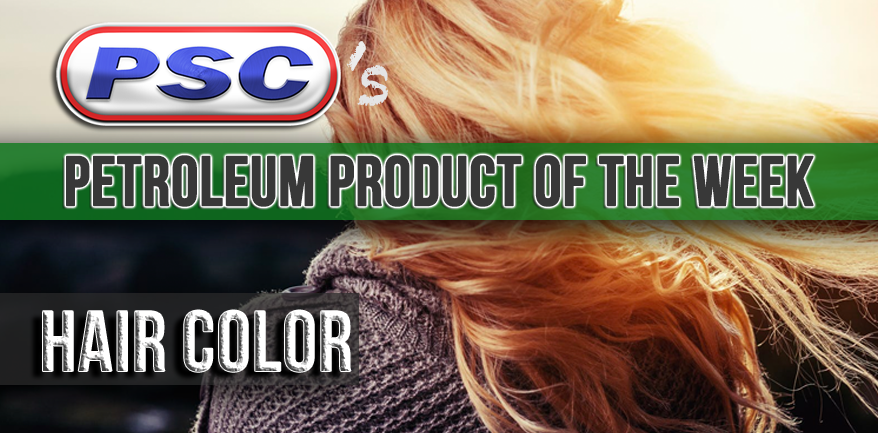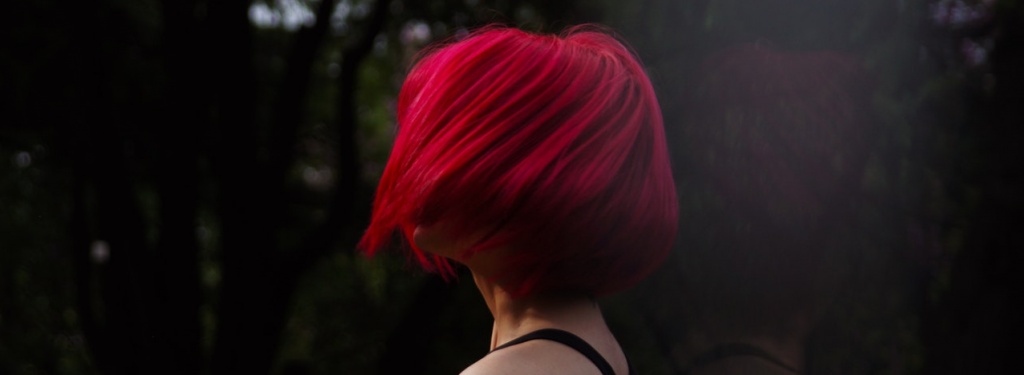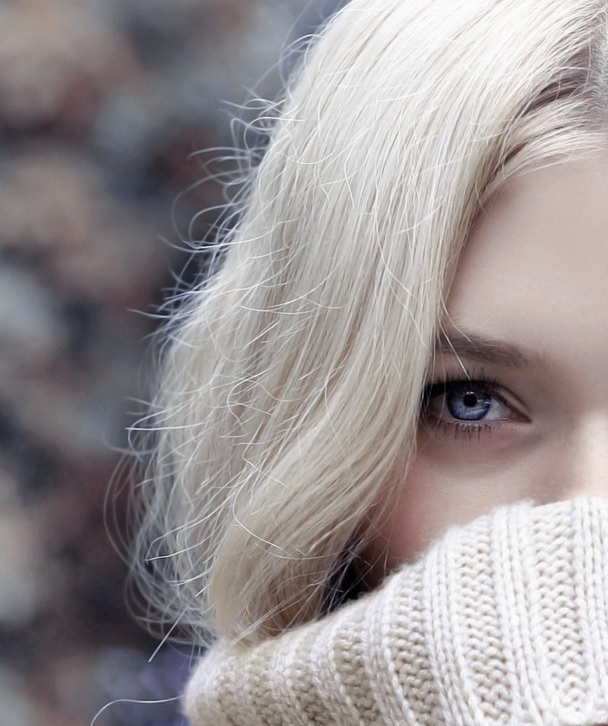Petroleum Product of the Week: Hair Color
By on Dec 29 2017

With the changing of seasons sometimes come the changing of hair colors. Temperatures drop and people opt for more warm, darker colors. Once the temperatures rise, they'll change again and people will cool things down with frosted blondes and other light colors.
There are a lot of mixed emotions that come with coloring hair some people love the smell while others cannot stand it. Whatever your stance is, hair color is a luxury that some of us just can't pass up on.
Discovered by accident, but practiced for years
Way before the tradition of coloring your hair at a friend's house on sleepover night, Egyptians used henna to cover up their grays in 1500 BC.
Over time, the method spread and developed in Greece and Rome, where they used plant extracts and even created permanent black hair color. Unfortunately, they found that what they were using was toxic, but they developed another method and continued on with coloring their hair.
Let me just say ... my mother is a beautician and she as will any other tell you that we don't dye our hair ... we color it.
It took hundreds of years for a color other than black to be developed, and up until the 1860s for anything to really change for us. An English chemist, William Henry Perkin, was working to find a cure for malaria when he accidentally made the first synthesized color.

His chemistry professor derived a color changing molecule from Perkin's color: para-phenylenediamine (PPD), which is used as the base for most hair colors to this date.
In the 1900s, commercially-produced hair color was produced by a company we now know as L'Oréal (then called Aureole). In the 1950s, the first product to lighten hair without using bleach was introduced by Clairol. This was revolutionary at the time because many women didn't want others to know they were coloring their hair, and this product looked much more natural.
Coloring your hair became the norm by the 1960s, and in 1968 people were no longer asked to include their hair color on their passport because it became irrelevant (more than likely) at some point. Nearly everyone was coloring their hair with more than 70% of women in the U.S. coloring their hair today.
What makes up hair coloring?

Part of why we don't dye our hair is because we aren't applying pigment to it; rather, we're applying chemicals that, through a reaction that takes place, change the color of our hair. These chemicals have to be linked together before the color happens, which is why we have to wait at least 30 minutes with these chemicals on our heads.
Kinda cool, right?
Let's backtrack a little though: the first hair color was made from coal tar when Perkin was trying to make the malaria drug. His little accident had a great effect on both the textile industry and the petrochemical industry. Natural dyes previously used lacked the vibrant quality of artificial dyes and weren't long-lasting.
The term coal-tar " comes from, well, the coal industry. The first hair coloring products were derived from coal, but are today derived from petroleum. The name stuck, though. The original ingredients of hair color, including certain phenylenediamines, have been removed from formulas because of adverse effects on the body.
Our bodies react to all chemicals differently, and it's important to know that you should be careful when applying anything to your body. Be sure to test, per the packages recommendation, and make sure you aren't allergic to any at-home formulas, and tell your beautician if you have sensitive skin or any known allergies. This article details safety precautions you can take when coloring your hair.
Today, colors spread from platinum blonde to bright blue. You can color your hair any shade of the rainbow, and shade of metallic, and even go for the newest craze of multi-color, rainbow/unicorn/mermaid hair.
No matter the shade, coloring our hair lets us express ourselves in a new and fun way whenever we feel like it!
Petroleum product of the week is a bi-weekly series exploring the many ways in which petroleum enters our lives through everyday objects. Do you have a petroleum product you think we should feature? Let us know in the comments!
Sources:
http://www.byrdie.com/hair-color-history https://www.theatlantic.com/health/archive/2015/01/hair-color-a-history/383934/ https://science.howstuffworks.com/innovation/everyday-innovations/hair-coloring2.htm https://www.fda.gov/Cosmetics/ProductsIngredients/Products/ucm143066.htm






